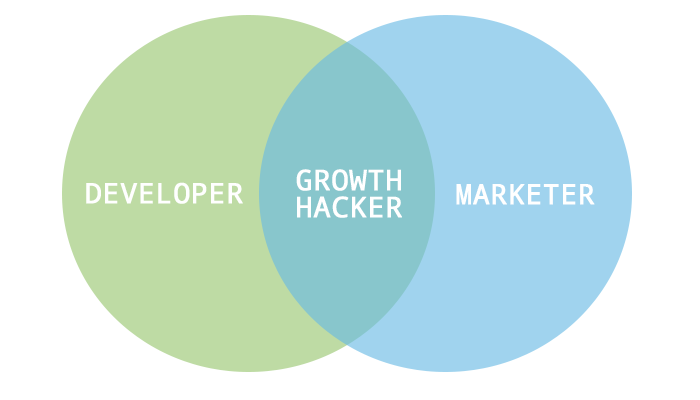“A growth hacker is a person whose true north is growth.” -Sean Ellis
The term “growth hacking” was coined in 2010 by startup advisor and marketer Sean Ellis. To a growth hacker, everything is done for its potential impact on scalable growth. Entrepreneur Andrew Chen later wrote a blog stating that the growth hacker is the new VP Marketing. But don’t get the two roles confused, growth hackers and marketers are not the same.
According to Aaron Ginn in TechCrunch, growth hackers have three common traits: a passion for metrics and data, creativity and curiosity. You could even say that growth hackers step out of the box, ignore the rules and create new ones. One part marketer and one part developer, growth hackers use a plethora of tools to help them reach their goals, including SEO, social media, web analytics, content marketing, case studies, press releases, blogs, white papers and more, typically sticking with low-cost alternatives to traditional marketing.
Growth hackers are essential to startups. In order for a startup to succeed, it needs to break through all of the market noise, reach its target customers and flourish. While marketers are an important piece of the puzzle, it’s the growth hackers that will get you to your end goal. In a growth hacker’s mind, the sole focus is put on growing. This drives every decision, strategy and campaign.
One popular case study of growth hacking is Dropbox offering more storage to users who referred their friends. Instead of buying into traditional marketing, growth hackers look for a way to acquire new customers that doesn’t cost very much, if anything at all. Dropbox is worth over $4 billion, but doesn’t spend much on advertising due to its growth hacking techniques. Within four years, Dropbox has gained 200 million users, has one billion files saved to it every 24 hours and has over 500 employees. That’s huge for a company to accomplish in four short years.
Do you think you have what it takes to be a growth hacker? I’d suggest you check out GrowthHackers.com, a community to connect and get inspired. Now let’s take a look at the three steps of the growth hacker funnel.
Growth Hacker Funnel
- Get Visitors: Find new ways for people to land on your product. Just because someone lands on your webpage or finds your product doesn’t mean you’re done; you need your visitors to form a relationship with you. Getting a visitor to connect with you by joining your email list or creating an account on your site turns them from a visitor to a member, which takes us to the next step.
- Activate Members: Help people take an action that you have decided was necessary for the success of your product. It’s time to turn your members into dedicated users, keeping them coming back regularly. Figure out ways to keep your members engaged, gradually becoming your brand ambassadors.
- Retain Users: Help people become habitual users of your product. If you get through this third step, you’ve accomplished your goal as a growth hacker. For growth hackers, retaining customers can sometimes be the most important part of the funnel, because if retention is low then all of your previous work has been meaningless.
Not every marketer or developer has what it takes to be a growth hacker, but if you have the potential, it could take you farther than you might have imagined. Check back for more blogs about growth hacking techniques and tips.





